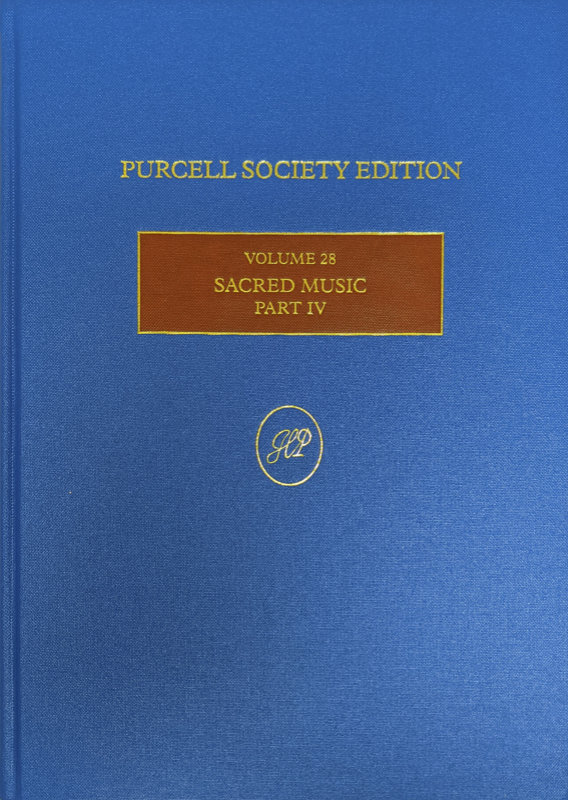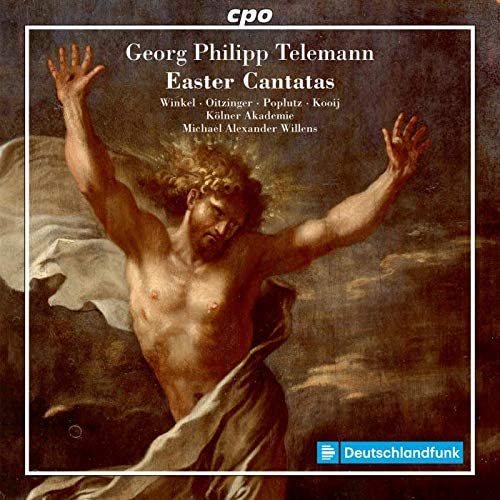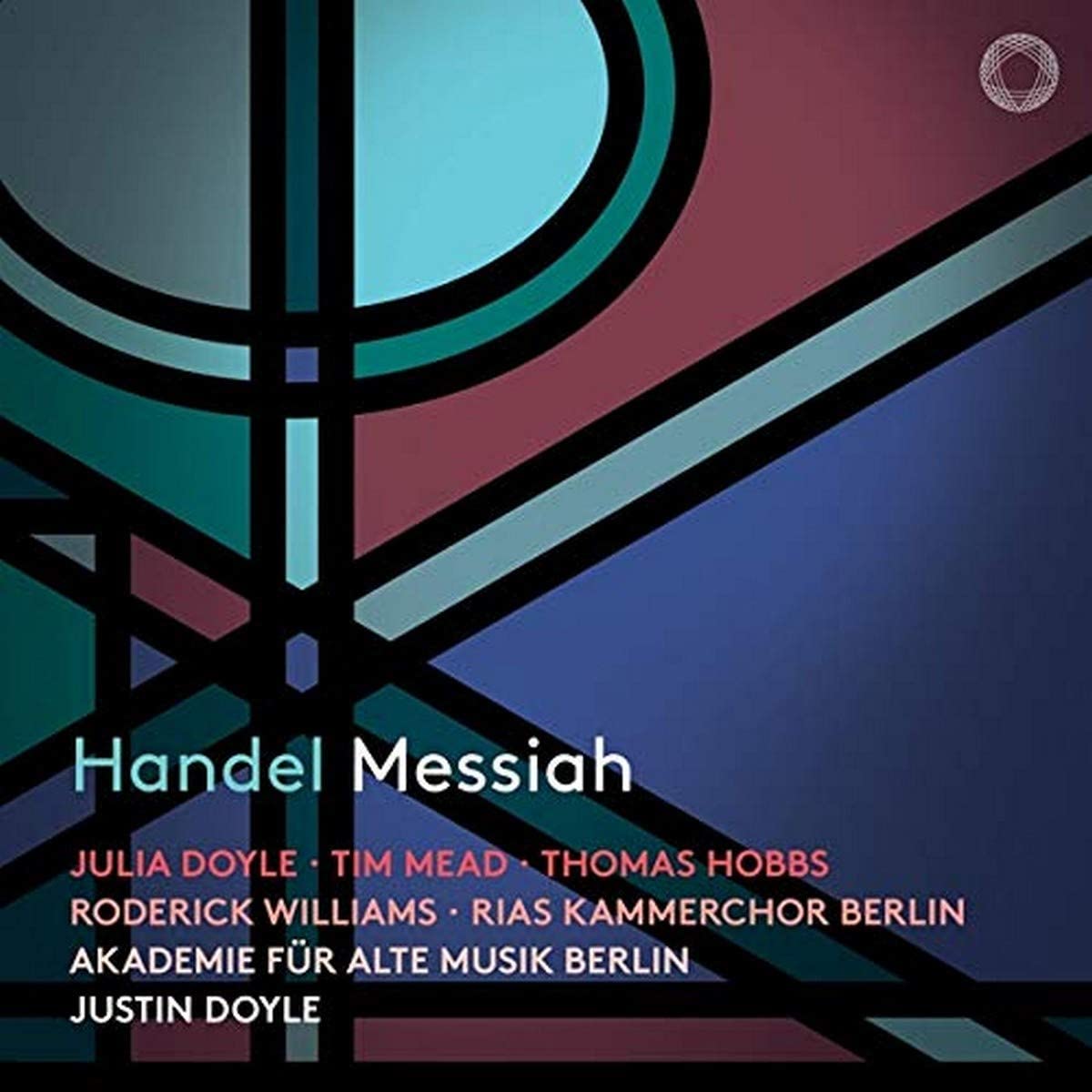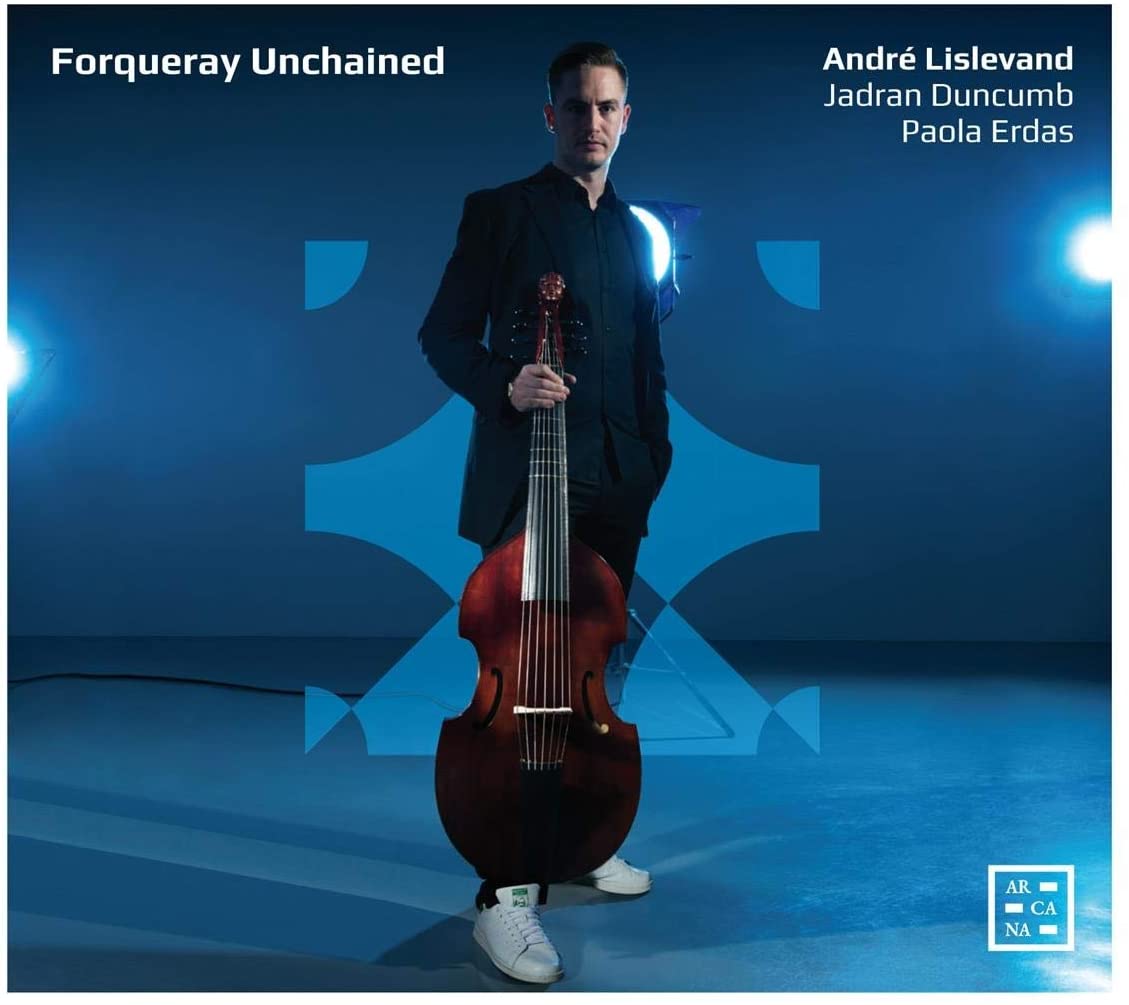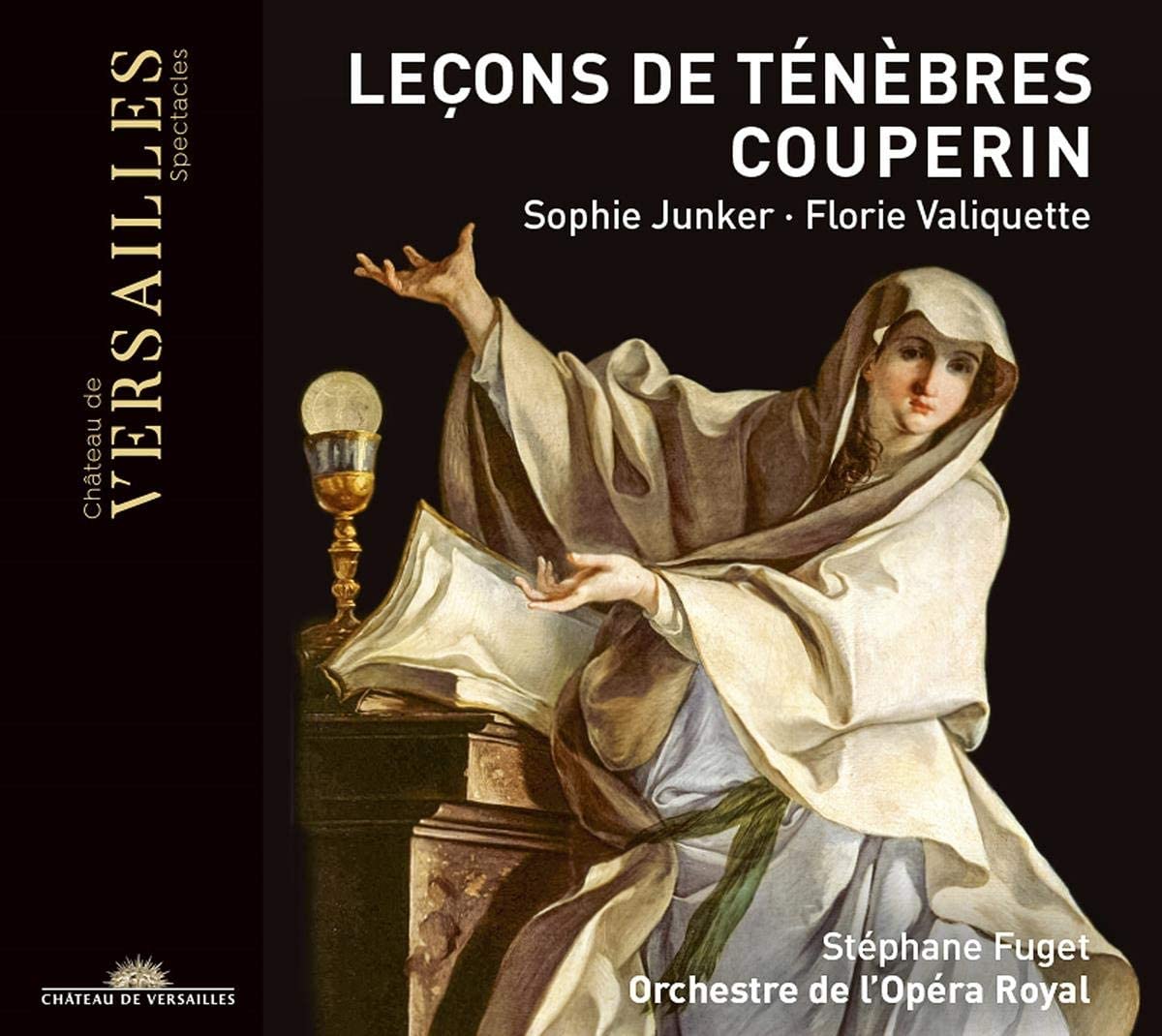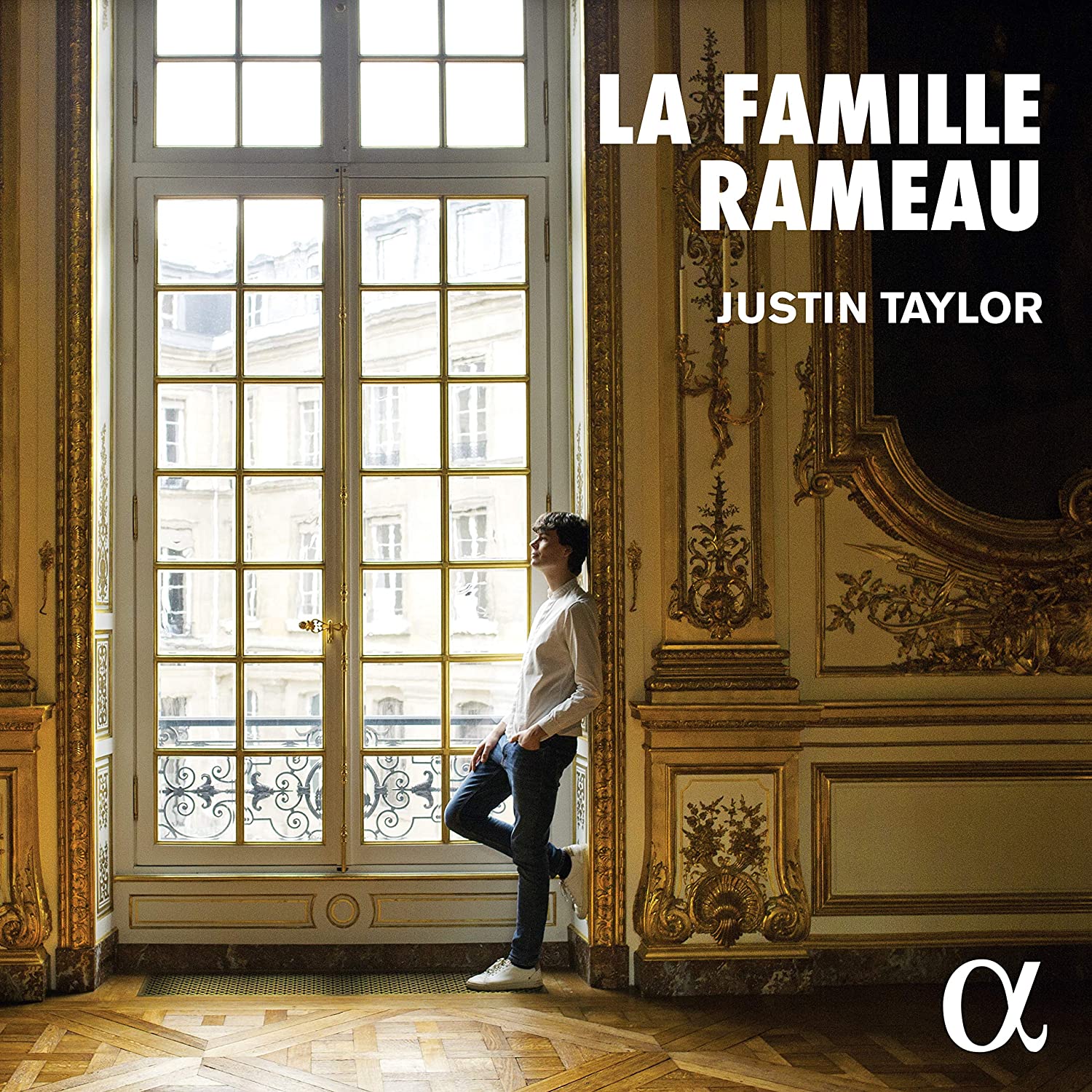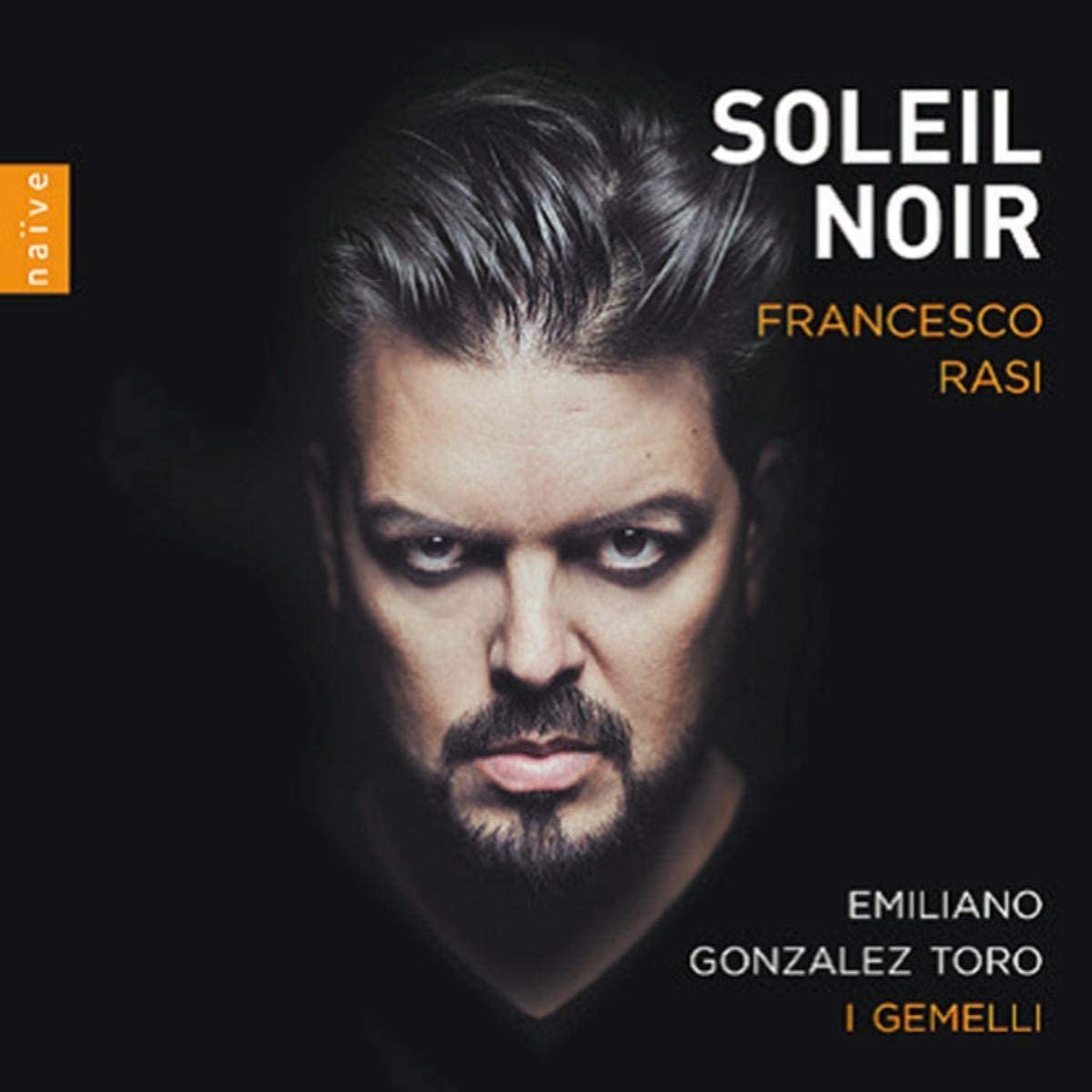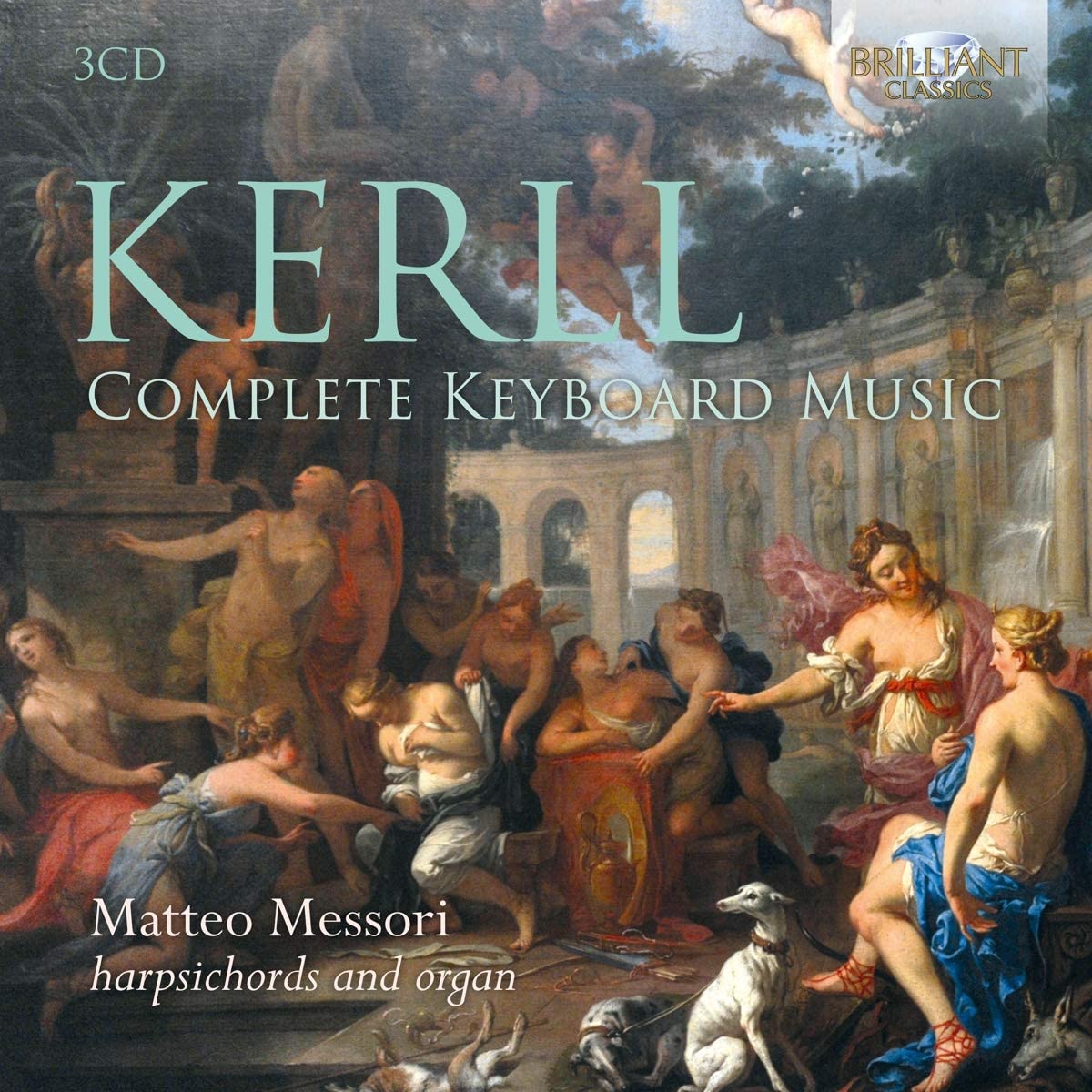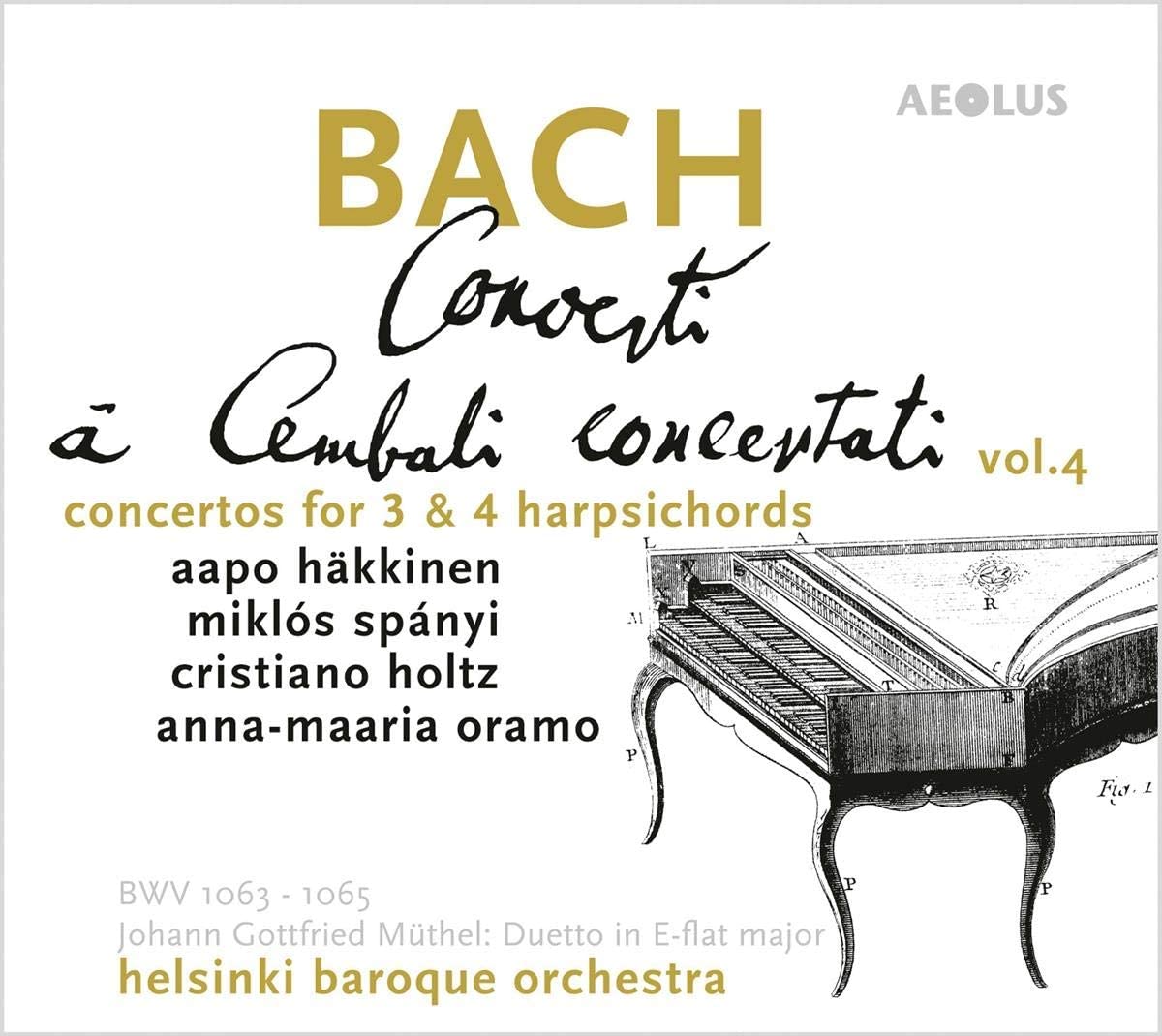Ensemble BachWerkVokal, Gordon Safari
65:35
MDG Gold 923 2207-6
Click HERE to buy this at amazon.co.uk
[These sponsored links help the site remain alive and FREE!]
The neat concept behind this recording is both fascinating and attractive, drawing together works inspired that take their cue from the famous hymn, and observing how it ripples through time and the various composer’s works, thus delivering a stylistic overview. The CD is book-ended with Telemann’s offering from his “French Cycle” (the 1714/15 Neumeister variant)* and the wonderfully crafted setting by Johnn Ludwig Krebs. In between, we have the translucent motets of Johann Friedrich Doles and Johann Sebastian Bach, for four and five voices respectively. Within the limited accompaniment of these motets, we get some subtle variations, which feel just right, and the vocal lines are intimate and radiant, pert and clipped at the right time. The Doles variant of this famous Johann Frank hymn applies some slick touches of drama that stand out and impress. The Bach version (BWV227) is filtered through his great musical mind for some more conventional motet writing, and then delivers the goods with clever contrapuntal vocal threads, never losing sight of the hymn itself. One word of warning, though: no translation into English of these works, so swim well those who can – no life-jackets are supplied!
The opening Telemann cantata (TVWV 1:966) offers many attractions in its nine movements: the opening aria, Geht ihr heissen Seufzer… Klopfet… features four recorders “knocking” with soprano Electra Lochhead in full flow, hits the mark, and captivates. Before the final chorale, there is further descriptive writing in another stand-out aria: Schlage bald, gewünschte Stunde, with a mesmeric bell-motif. Listening blind, many might easily mistake the fine setting by Krebs (KWV110) for a lost JSB piece. It is tightly and neatly woven music with two sprightly oboes capturing the radiant hymnal theme. It is fascinating to hear the Krebs variant take on Schlage bald, geliebte Stunde!, here sung with great skill by the agile soprano Zsófia Szabó. Indeed, the singing from BachWerkVokal Salzburg throughout the disc is a rare delight, picking out the finery and drama, especially in the exposed intimacy of the motets.
This gathering of noteworthy works based on Johann Frank’s hymn displays various forms and styles in a way that cleverly reveals the development of musical styles over time. It is an innovative concept that the group under Gordon Safari has previously applied to “Singet dem Herrn”. A successful CD wrapped in MDG’s golden sound, it is also the first recording of the Telemann work, possibly also of the Doles and Krebs.
David Bellinger
* The complete recording of Telemann’s French Cycle will start on cpo in the Autumn.

